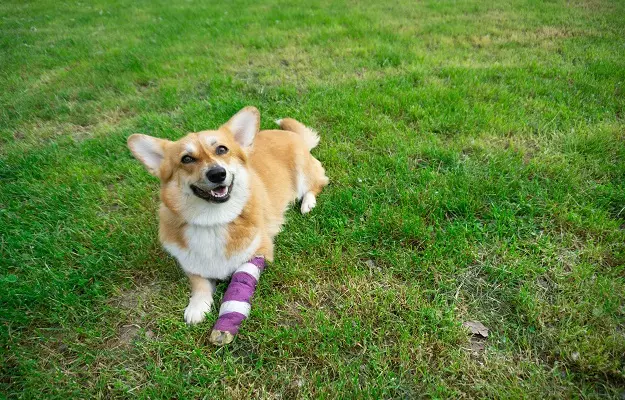A fracture is a broken bone. Just like humans, dogs are also prone to bone fractures. Dogs are more likely to fracture the bones which are longer and bear more weight, like the femur (thigh bone) or the radius and ulna (the bones in the limb).
While most fractures occur after a traumatic event, like after being hit by a car or falling from a height, some dogs may also get fractures due to weakening of the bone, seen either in the case of cancerous conditions, such as osteosarcoma or in case of calcium deficiency in the body. The owner needs to be careful while taking the dog to the vet.
Not only limbs, dogs can fracture various other parts of their body like ribs, back or tail. Different fractures require different approaches for their management. The treatment of the fracture depends upon the type and area of the fracture. For instance, a complete fracture in an older dog would require surgical plating whereas an incomplete fracture might get healed with the help of a cast only.
Once the fracture has healed, the dog may require assistance to stand up and walk for the first few days after the treatment. Compressions, physical therapy and massages would be required by the dog for complete healing of the fracture site.








































